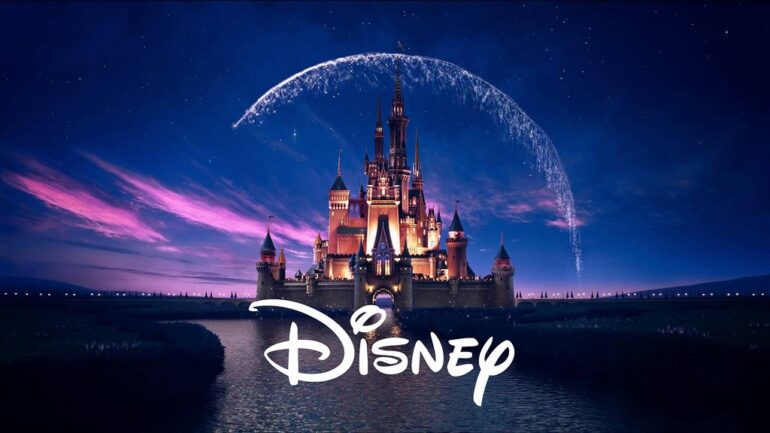TL;DR:
- Disney establishes an AI-focused task force to explore its potential applications across its vast entertainment empire.
- The task force aims to harness AI in-house and collaborate with startups to innovate various segments.
- Disney is actively hiring experts in artificial intelligence and machine learning, spanning multiple departments.
- AI is viewed as a crucial tool to curb rising production costs in the film and television industry.
- AI’s potential to enhance customer interactions and experiences is explored, exemplified by Project Kiwi’s Baby Groot.
- AI’s emergence in Hollywood raises concerns for writers and actors regarding job security and industry dynamics.
- Disney’s long-standing commitment to technological innovation includes over 4,000 patents and strategic collaborations.
- The company’s Swiss division, Disney Research, pioneers AI, machine learning, and visual computing advancements.
Main AI News:
In a bold move that underscores its commitment to innovation, entertainment powerhouse Walt Disney (DIS.N) has unveiled a dedicated task force aimed at unlocking the potential of artificial intelligence (AI) across its sprawling entertainment empire. The strategic move comes in the midst of a complex landscape where Hollywood’s creative guilds grapple with AI’s implications for their industry.
Launched earlier this year, prior to the onset of the Hollywood writers’ strike, this specialized group is primed to explore the multifaceted applications of AI both within Disney’s core operations and through collaborations with cutting-edge startups. Evidencing its earnest engagement, Disney has posted an impressive 11 job openings seeking individuals proficient in artificial intelligence and machine learning, spanning diverse segments of the organization – from the iconic Walt Disney Studios to the imaginative realm of Walt Disney Imagineering, from the enchanting Disney-branded television to the dynamic advertising division.
This strategic maneuver by Disney underscores the paramount significance of AI in shaping the future trajectory of legacy media giants. Industry insiders are convinced that mastering AI is not just an option but a necessity for companies like Disney to remain pertinent in an evolving landscape. Proponents of this endeavor view AI as a potent tool to rein in the spiraling costs associated with cinematic and television production, where budgets can soar to staggering figures like $300 million for blockbuster releases such as “Indiana Jones and the Dial of Destiny” or “The Little Mermaid.” For such grandiose budgets, box office earnings must be equally grand to achieve even the semblance of equilibrium. AI’s potential to generate long-term cost efficiencies is palpable.
Within Disney’s diverse portfolio, AI holds the promise to revolutionize customer experiences and amplify interactions in its iconic theme parks. Informed sources suggest that AI applications could empower seamless customer support or spawn imaginative engagements. A former Disney Imagineer alludes to Project Kiwi, an exemplary instance where AI-powered machine learning breathed life into Baby Groot, a pint-sized, autonomous robot that replicates the movements and demeanor of the beloved “Guardians of the Galaxy” character. The convergence of AI and machine learning, enabling computers to glean insights without explicit programming, powers Baby Groot’s ability to recognize and navigate its surroundings. Envisioned as a future interactive attraction, Baby Groot is slated to engage with park visitors, ushering in a new dimension of immersive experiences.
Yet, AI’s role in Hollywood stirs controversy as writers and actors perceive it as a looming existential threat to their craft and job security. The ongoing contract negotiations between industry guilds – the Screen Actors Guild and the Writers Guild of America – bear witness to the seismic implications of AI’s rise in showbiz. Disney has shown prudence in its public discourse on AI, as evident in its spotlight on the extensive human effort behind the visual effects in recent productions like “Indiana Jones.” The laborious endeavors of over 100 artists over a span of three years to rejuvenate Harrison Ford’s appearance demonstrate Disney’s commitment to honoring the artistry in filmmaking.
Disney’s tryst with innovation traces back to its inception, notably with the landmark 1928 release of “Steamboat Willie,” the pioneer cartoon synchronizing visuals with sound. The conglomerate boasts a formidable arsenal of over 4,000 patents spanning its diverse domains like theme parks, films, and merchandise, a testament to its ceaseless pursuit of technological progress. The transformative tenure of Bob Iger, currently in his second stint as Disney’s CEO, has prominently positioned technological evolution as a core pillar since his initial appointment in 2005.
A significant milestone in Disney’s innovation journey was its collaborative foray into research and development, forging strategic alliances with leading global technology institutions. The enterprise backed research labs at prestigious institutions such as the Swiss Federal Institute of Technology in Zurich and Carnegie Mellon University, firmly establishing its presence at the crossroads of entertainment and technology. While some endeavors have evolved, Disney’s sustained commitment to innovation endures.
Disney’s venture into AI is not confined to its native soil; its Swiss arm, Disney Research, has championed AI, machine learning, and visual computing, fostering a decade-long endeavor to craft digital counterparts that blur the lines between reality and fantasy. This innovative prowess underpins special effects enhancement rather than replacement of human talent, as evidenced in its acclaimed Medusa performance capture system.
Conclusion:
Disney’s dedicated focus on AI signifies a transformative shift in the entertainment industry. By exploring AI’s potential across various segments and customer experiences, Disney seeks to enhance cost efficiency, drive innovation, and maintain its position at the forefront of entertainment technology. This strategic integration of AI underscores Disney’s adaptability in an evolving market landscape, heralding a future where technology converges with creativity to redefine entertainment paradigms.

